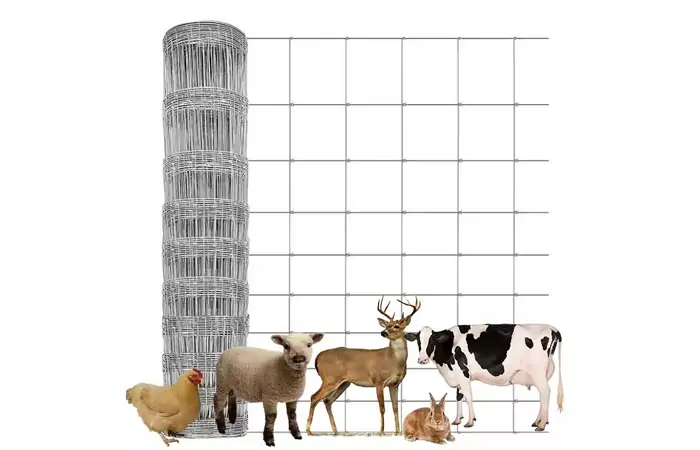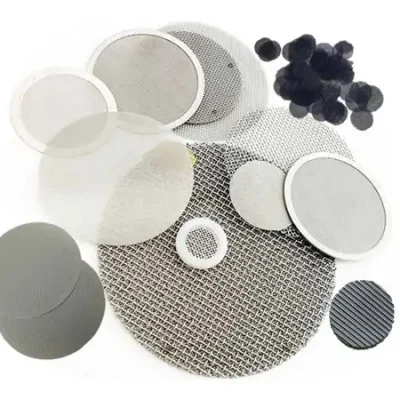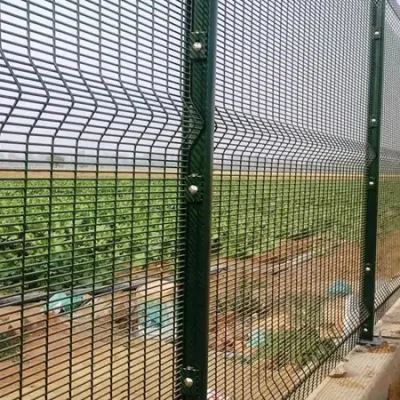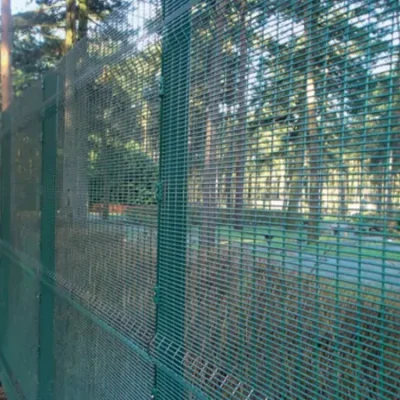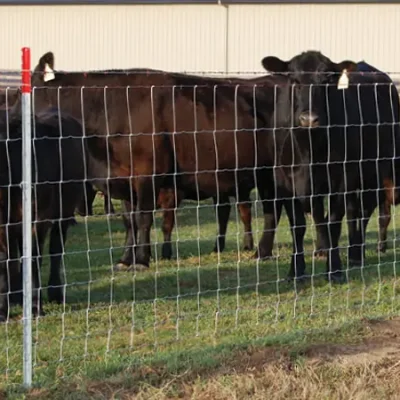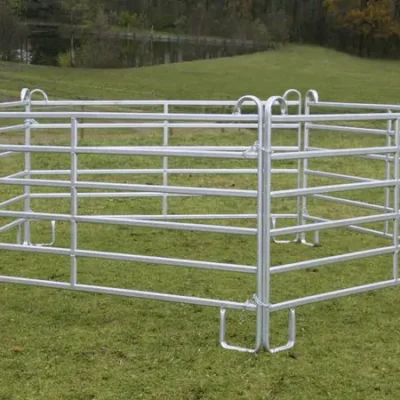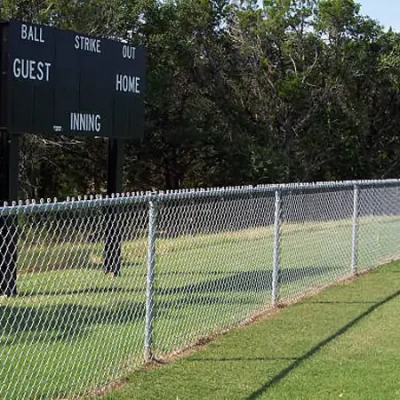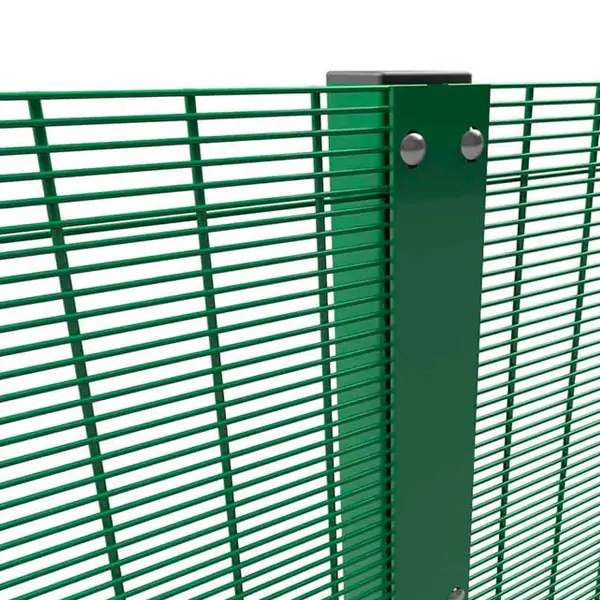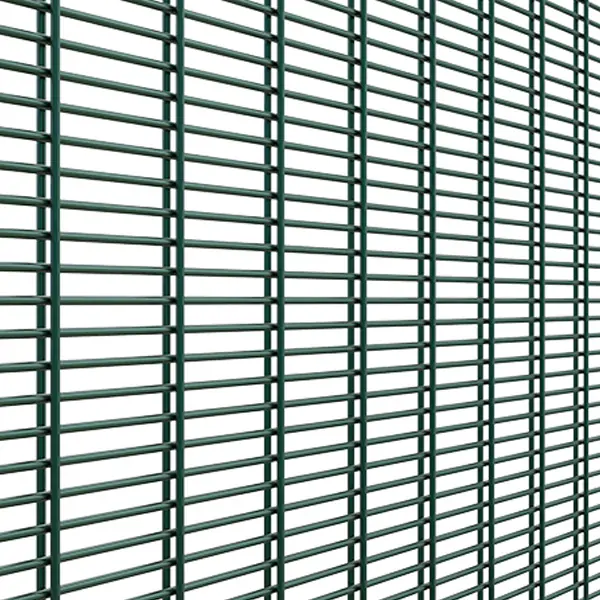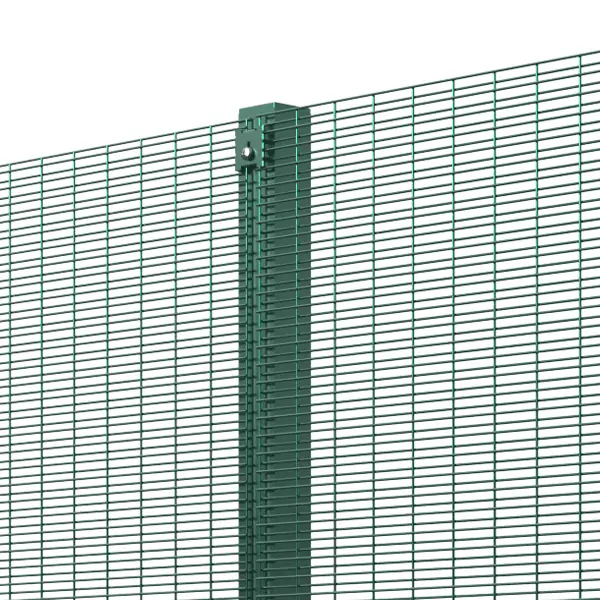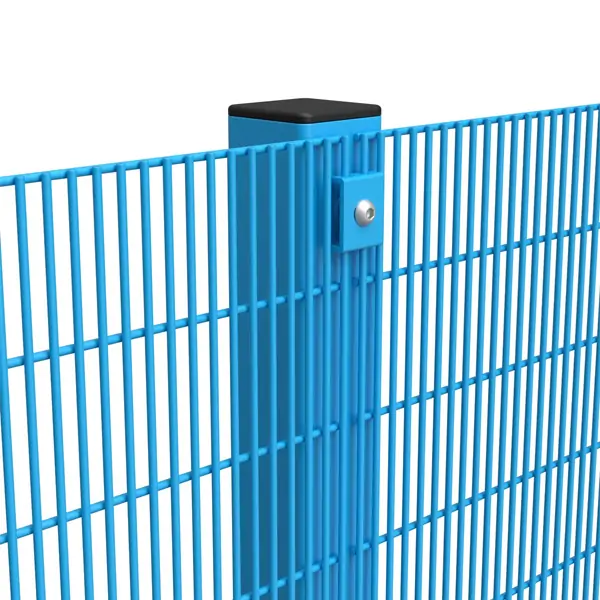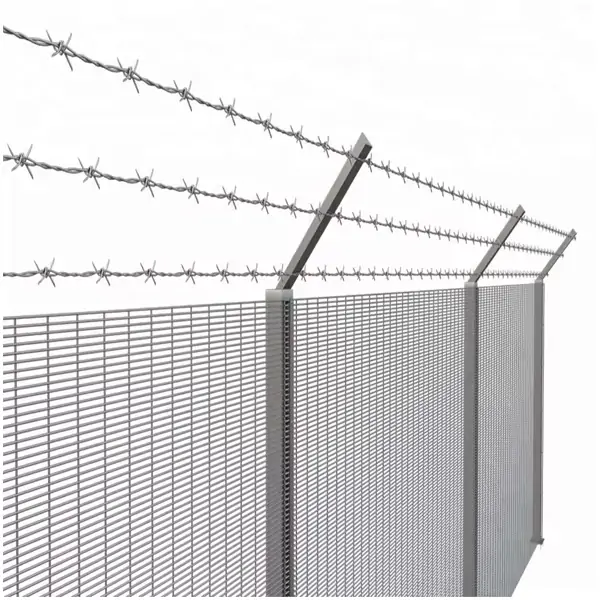Are you in search of a reliable fencing solution for your agricultural or livestock needs? Look no further! In this comprehensive guide, we delve into the world of fixed knot field fences, offering insights, tips, and recommendations to help you make the right choice.
Join us as we navigate through the features, materials, and installation considerations of fixed knot field fences. Whether you’re a seasoned farmer or a newcomer to the agricultural scene, this guide is your go-to resource for all things related to fixed knot field fencing.
Don’t settle for anything less than the best – embark on your fencing journey with confidence and make the right choice for your property. Let’s get started!
Table of Contents
ToggleWhat is a fixed knot field fence?
Fixed-knot field fence, a sturdy fencing solution designed for agricultural and livestock applications. Crafted with precision engineering and fortified with robust materials, this fence stands as a bastion of security, providing steadfast protection to properties, livestock, and crops alike.
Unrivaled Stability: The Fixed Knot Field Fence boasts a unique construction, featuring tightly interlocking knots that firmly secure the vertical and horizontal wires. This fixed knot design ensures exceptional stability, capable of withstanding the harshest environmental conditions and the relentless pressures of livestock.
Enduring Durability: Crafted from high-quality galvanized steel wire, the Fixed Knot Field Fence is engineered to withstand the tests of time. Its corrosion-resistant properties ensure long-lasting performance, guaranteeing years of reliable service without succumbing to rust or decay.
Versatile Application: Whether safeguarding sprawling agricultural lands, containing livestock, or delineating property boundaries, the Fixed Knot Field Fence proves to be a versatile solution for various applications. Its adaptable design and customizable configurations cater to diverse needs, offering tailored solutions for every fencing requirement.
Superior Security: With its formidable structure and steadfast construction, the Fixed Knot Field Fence provides an impregnable barrier against intruders and predators. Its robust design deters unauthorized entry and safeguards valuable assets, instilling peace of mind for property owners and ensuring the safety of livestock and crops.
Environmental Harmony: Committed to environmental sustainability, the Fixed Knot Field Fence is designed with eco-friendly materials and manufacturing processes. Its minimal ecological footprint ensures harmony with the surrounding ecosystem, making it a responsible choice for environmentally conscious consumers.
What are the different types of field fences?
Field fence comes in various types, each designed to meet specific needs and preferences. Here is a common type of field fence:
1. Woven Wire Fence: This type of fence consists of vertical and horizontal wires woven together to create a sturdy mesh. It’s often used for containing livestock, as the small mesh size prevents animals from escaping or getting entangled.
2. Barbed Wire Fence: A barbed wire fence is made of strands of wire twisted together with barbs spaced at intervals. It is commonly used for boundary marking and deterring trespassers, particularly in rural areas.
3. Electric Fence: An electric fence utilizes a pulsed electric current to deliver a non-lethal shock to animals or humans that come into contact with the fence. It is effective for containing livestock and deterring predators, with minimal physical barriers.
4. High-Tensile Wire Fence: A high-tensile wire fence is constructed using a high-strength wire that is tensioned between posts. It offers durability and low maintenance, making it suitable for long-term use in agricultural settings.
5. Fixed Knot Fence: A fixed knot fence features tightly interlocking knots that securely hold the vertical and horizontal wires together. It is known for its strength and resilience, making it ideal for containing large livestock and withstanding harsh weather conditions.
6. Chain Link Fence: While more commonly associated with urban areas, a chain link fence can also be used in field settings. It provides a clear boundary and some degree of security, although it may not be as effective at containing livestock as other types of field fences.
7. Wooden Rail Fence: A wooden rail fence consists of horizontal wooden rails supported by wooden posts. It is often used for aesthetic purposes or to mark boundaries in rural settings.
8. Mesh Wire Fence: A mesh wire fence is similar to a woven wire fence but typically has larger openings in the mesh. It is versatile and can be used for various applications, including livestock containment and perimeter fencing.
Each type of field fence has its advantages and disadvantages, so it’s essential to consider factors such as intended use, budget, and maintenance requirements when choosing the right fence for your needs.
What is the best knot for a field fence?
The best knot for a field fence depends on your specific needs and environmental conditions. Here are some common field fence knot structures:
1. Zigzag Knot: This is a common knot suitable for most field fences. It offers good stability and durability.
2. Fence Netting Knot: This knot is suitable for securing fence netting, ensuring it stays fixed and prevents loosening.
3. Loop Knot: This simple knot is suitable for light-duty fences and temporary fencing.
4. Fisherman’s Knot: This knot is suitable for connecting fence wires or ropes, providing a strong connection.
5. Ground Stake Knot: This knot is used to secure fence posts to the ground, ensuring the fence is firmly anchored.
How far apart should posts be for a fixed knot field fence?
For optimal stability and durability, posts for a fixed knot field fence should generally be spaced approximately 8 to 12 feet apart. This spacing ensures adequate support for the fence fabric and helps maintain its integrity over time, even in challenging terrain or weather conditions. By adhering to this recommended spacing, you can ensure that your field fence remains strong and effective in containing livestock or delineating property boundaries. Additionally, proper post spacing contributes to easier installation and maintenance of the fence, saving you time and effort in the long run.
How to install a fixed knot field fence?
With proper installation, you can ensure the durability and effectiveness of your fence for years to come. This guide provides a comprehensive step-by-step approach to installing a fixed knot field fence.
Step 1: Planning and Preparation
Before beginning the installation process, carefully plan the layout of your fence line, considering factors such as terrain, property boundaries, and gate locations. Obtain all necessary permits and permissions if required. Gather the required materials, including fence posts, wire fabric, braces, tensioners, and fasteners.
Step 2: Marking and Setting Corner Posts
Using stakes and measuring tape, mark the locations for corner posts along the fence line. Ensure that corner posts are set securely and aligned properly to maintain the integrity of the fence line. Use a post-hole digger or auger to dig holes for the corner posts, ensuring they are deep enough to provide stability.
Step 3: Installing Line Posts
Measure and mark the spacing for line posts between the corner posts, typically 8 to 12 feet apart, depending on the terrain and intended use of the fence. Dig holes for the line posts and set them securely using concrete or tamped soil for stability.
Step 4: Attaching Braces and Tensioners
Install braces at each corner post to provide additional support and prevent sagging. Attach tensioners to the corner and end posts to ensure proper tensioning of the fence fabric.
Step 5: Unrolling and Attaching Fence Fabric
Unroll the fixed knot fence fabric along the fence line, ensuring it is stretched tightly between corner and line posts. Use fencing staples or clips to attach the fabric securely to each post, maintaining consistent tension throughout.
Step 6: Adding Top and Bottom Rails (Optional)
For added strength and stability, consider adding top and bottom rails to the fence. Attach rails securely to the posts using appropriate fasteners.
Step 7: Installing Gates
Install gates at designated locations along the fence line, ensuring they are properly aligned and securely attached to the posts. Use gate hardware such as hinges and latches to ensure smooth operation and secure closure.

